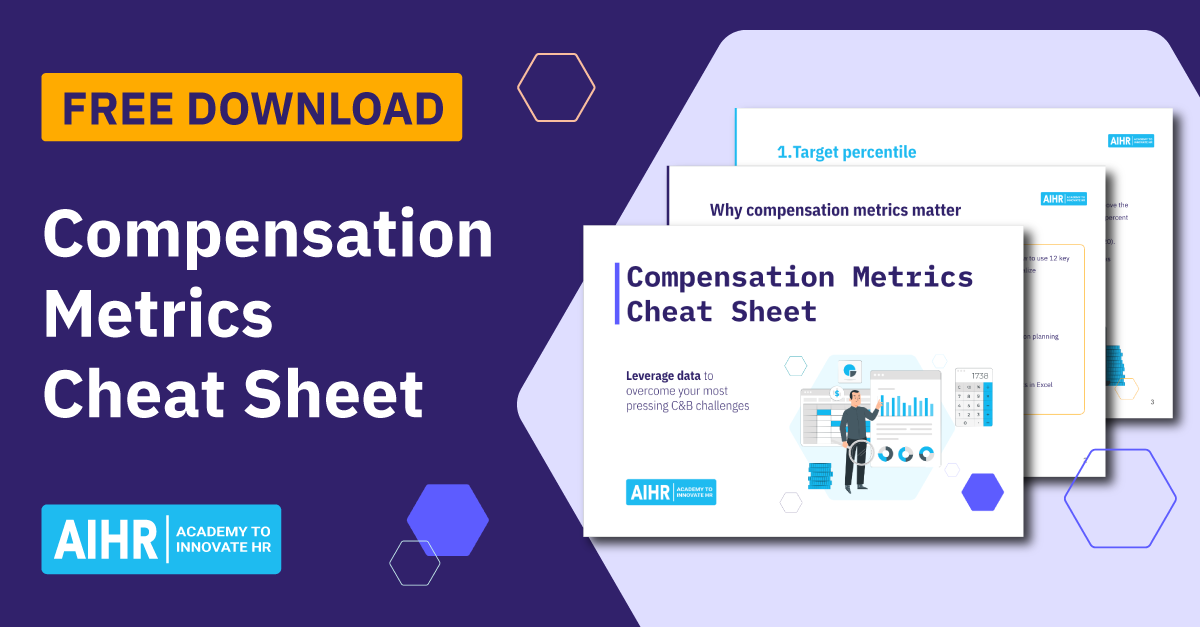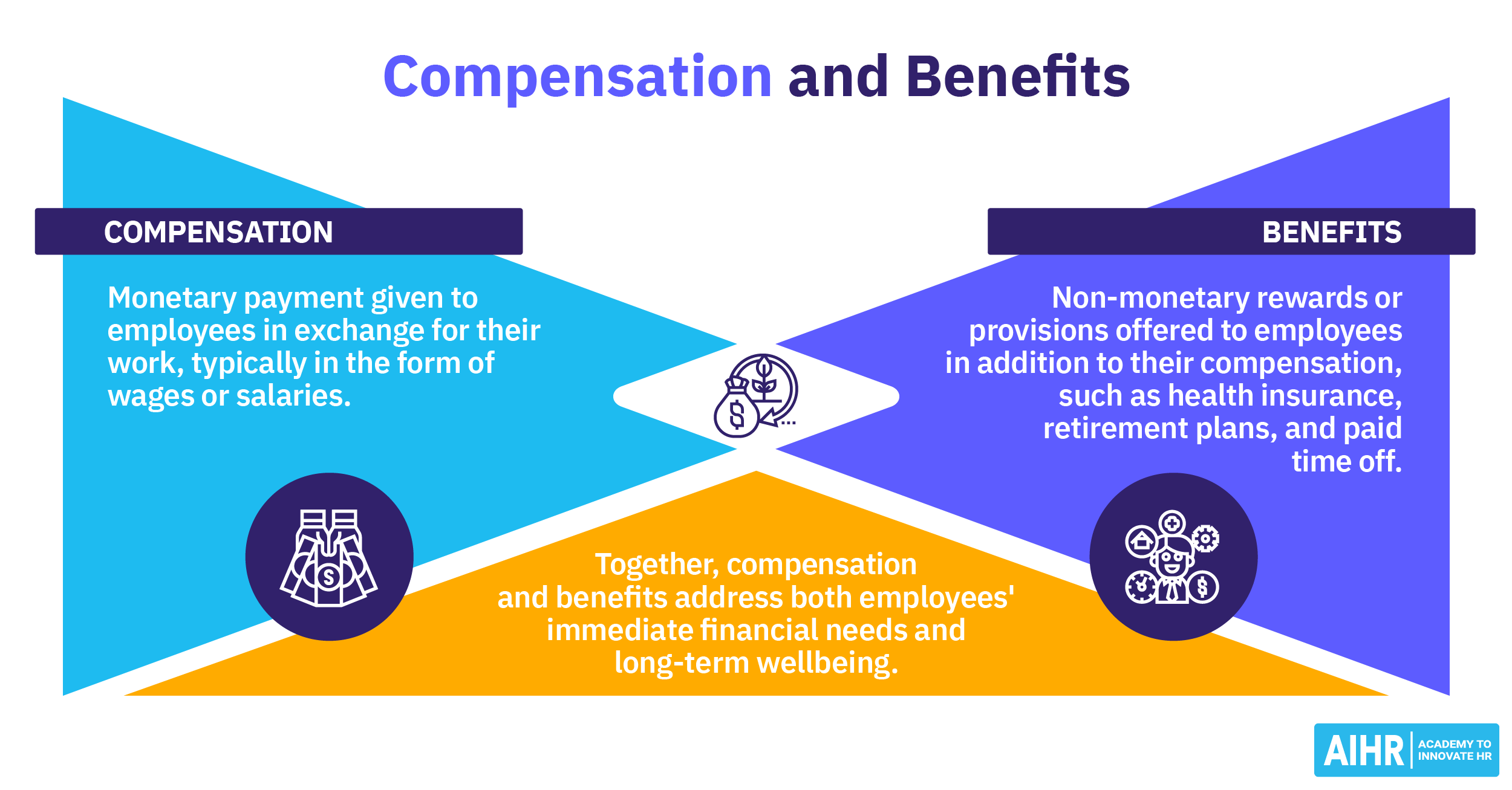Semi Monthly Pay
What is semi monthly pay?
Semi monthly pay is a payment schedule where employees receive their salary or wages twice a month, typically resulting in 24 pay periods per year.
Under this system, payments are usually made on specific days of the month—typically either on the first and the 15th of the month or the 15th and the last day of the month. This may vary slightly depending on weekends and holidays, but generally, the structure remains consistent throughout the year.
According to the BLS, approximately 19.8% of U.S. private establishments use a semi monthly pay schedule, making it a common choice for salary-based roles. Employers often use this system to streamline payroll and offer regular, predictable payments, aiding in budgeting and financial planning.
How does semi monthly pay work?
Here is an overview of how this payment schedule works:
- Pay periods: Every month is divided into two pay periods (e.g., fixed dates like the first and 15th of the month).
- Monthly pay: An employee’s monthly salary is split into two paychecks. For example, with a monthly salary of $4,000, the semi monthly pay would be $2,000 each payday.
- Yearly paychecks: In a year, employees will receive 24 paychecks.
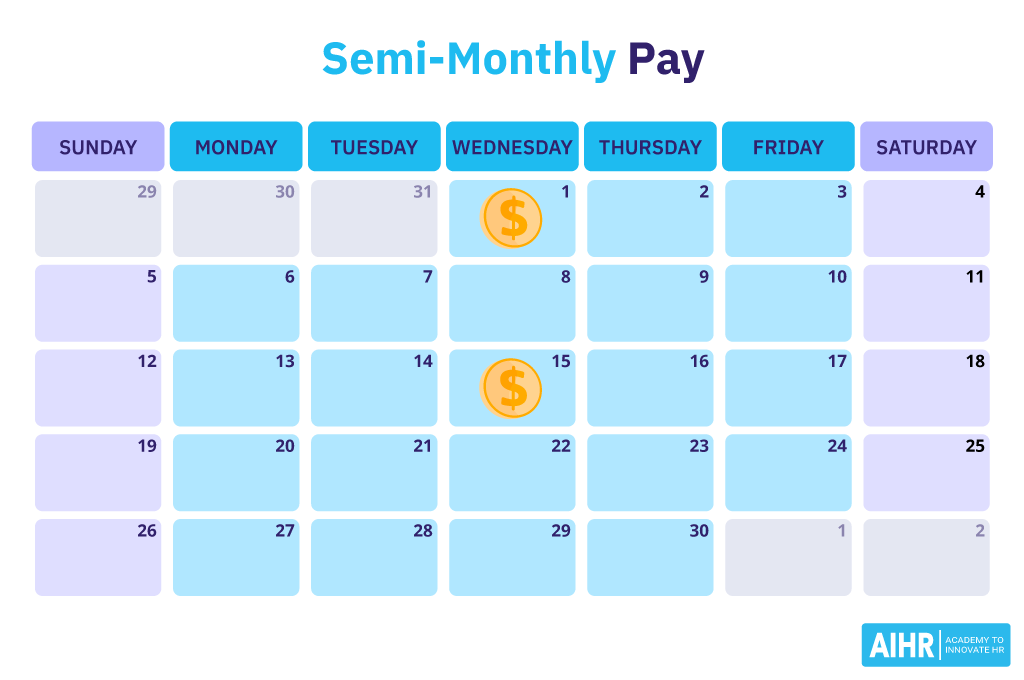
How to calculate semi monthly pay
Calculating semi monthly pay involves converting an annual salary into the amount paid per each of the two monthly pay periods. Here’s how to do it:
Semi monthly pay = Gross annual salary / 24
Gross annual salary: This is your total gross salary over a year.
24: Represents the total number of pay periods in a year when you are paid twice a month. Since each month has two pay periods and there are 12 months in a year, you multiply 12 by two to get 24.
Calculation example:
$60,000 gross annual salary / 24 = $2,500
In this example, $2,500 would be the semi monthly pay before taxes and any other deductions.
How to calculate semi monthly pay per day
To calculate the daily pay from a semi monthly salary, follow these steps:
- Determine the semi monthly salary: This is the amount the employee earns twice a month (typically on the 15th and the last day of the month).
- Find the number of workdays in a semi monthly period:
- A standard workweek is typically five days.
- There are approximately 21.67 workdays per month (based on 52 weeks per year multiplied by five workdays per week, divided by 12 months).
- Half of that would give you 10.83 workdays in a semi monthly period.
- Calculate the daily pay:
- Divide the semi monthly salary by 10.83 (the average number of workdays in a semi monthly period).
Calculation example: If someone earns $3,000 semi monthly, the daily pay would be:
Daily pay = 3,000 / 10.83 = 276.91
So, the daily pay for a $3,000 semi monthly salary is approximately $276.91.
How to calculate semi monthly pay hourly
To calculate an employee’s hourly rate from a semi monthly salary, you can follow these steps:
- Determine the semi monthly salary: This is the amount the employee earns twice a month (usually on the 15th and the last day of the month).
- Find the number of work hours in a semi monthly period:
- In the U.S., a standard full-time workweek is 40 hours.
- To convert this into a semi monthly period, multiply 40 hours by 52 weeks (for a full year), which gives you 2,080 hours per year.
- Divide 2,080 by 24 (since there are 24 semi monthly periods in a year). This gives you 86.67 hours per semi monthly period.
- Calculate the hourly rate: Divide the semi monthly salary by 86.67 hours.
Calculation example: If someone earns $3,000 semi monthly, the hourly rate would be:
Hourly rate = 3,000 / 86.67 = 34.61
So, the hourly rate for a $3,000 semi monthly salary is approximately $34.61.
Biweekly versus semi monthly pay
Although both these payment schedules occur twice a month, there are some important distinctions to consider.
For semi monthly pay, employees receive their salaries in two equal installments a month. The dates are typically on the first and the 15th or the 15th and the last of the month. The specific days for payment may vary.
For biweekly pay, employee receive their salary every two weeks, which results in 26 paychecks per year. Typically, a biweekly payroll occurs on a specific day (e.g., every other Friday).
Frequency
Every two weeks (26 times a year)
Twice a month (24 times per year)
Common paydays
On a specific day of the week (e.g., Friday)
Often on the first and the 15th or the 15th and the last day of the month
Month-to-month consistency
Paydays vary each month, not always the same
Consistent dates each month, easier for budgeting
Extra paychecks
Two months will have three paychecks, which can aid in budgeting
No extra paychecks; consistent throughout the year
Paycheck size
Generally smaller since payments are spread over more paychecks
Usually larger because there are fewer pay periods
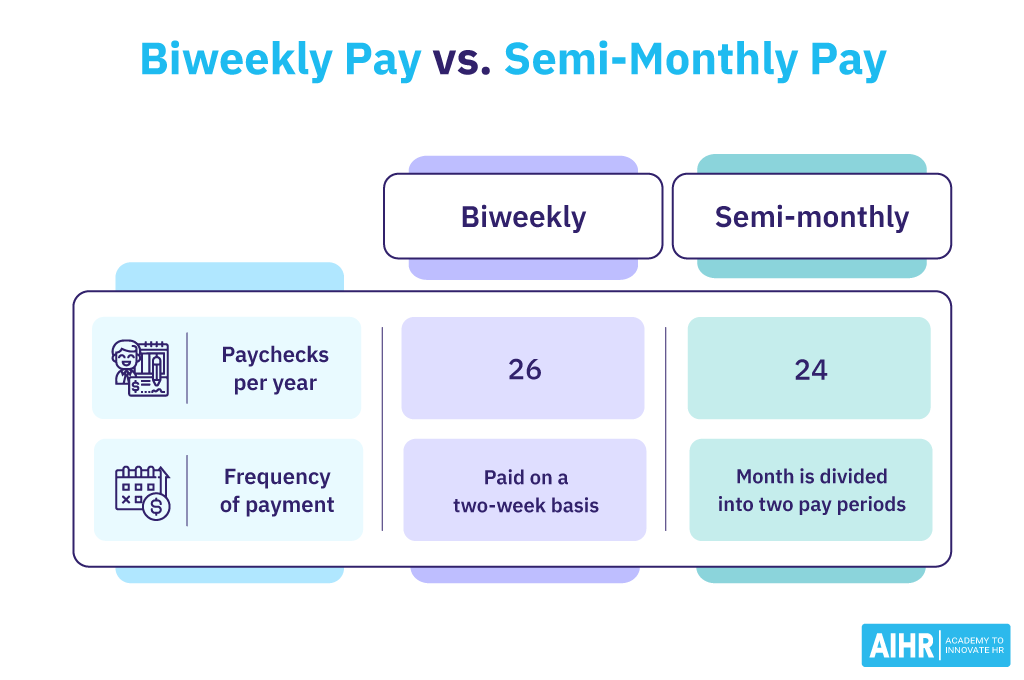
What HR should know about semi monthly pay
Before implementing this payment schedule, HR professionals should carefully consider the pros and cons. Here are a few:
For the organization
Advantages
- Simplified payroll process: Semi monthly pay periods offer a relatively straightforward payroll schedule, with a standard 24 paychecks in a year.
- Specific payroll dates: The schedule is consistent, occurring on the first and 15th or the 15th and last day of the month.
- Easier monthly budgeting: Semi monthly pay periods are often simpler than biweekly pay, as it is easier to predict the total payroll costs per month (only twice a month versus two to three a month with biweekly pay).
Disadvantages
- Complexity for hourly employees: For organizations with hourly workers, semi monthly pay periods can complicate the calculation of hours worked, especially if the pay period spans parts of two different work weeks.
- Inconsistent pay dates: If the set payday falls on a weekend or holiday, the actual payday needs to be adjusted, which can sometimes lead to confusion or dissatisfaction among employees.
- Reduced cash flow: Since these payment periods are not aligned with weeks but rather with specific dates, there might be higher payroll amounts due at certain times of the month, impacting cash flow management.
For employees
Advantages
- Improved financial stability: When employees receive their salaries more frequently (rather than once a month), it may help avoid financial strain between paychecks.
- Better alignment with monthly bills: Some bills fall on different days of the month. Being paid twice a month can help secure funds to meet these payments on time.
- Less reliance on credit: With more frequent paychecks, employees may be less likely to use credit cards or short-term loans to cover monthly expenses.
Disadvantages
- Longer wait times: Employees accustomed to weekly or biweekly pay may find the longer interval between paychecks in a semi monthly schedule challenging, especially if they live paycheck to paycheck.
- No ‘extra’ paychecks: Unlike biweekly pay periods, where employees may receive three paychecks monthly, semi monthly pay only offers two paychecks a month.
- Difficulty with budgeting: Monthly financial planning can be more challenging, especially for those used to a weekly or biweekly schedule.
Semi monthly pay best practices
Here are some best practices for HR professionals considering or managing a semi monthly payroll:
- Keep pay dates consistent: Maintain fixed pay dates, such as the 15th and the last day of the month. This predictability helps HR and employees manage budgets effectively.
- Know the state labor laws: Before implementing this payment schedule, research your state’s laws around pay periods. For instance, some states in the U.S. specify that hourly employees must be paid weekly or biweekly rather than semi monthly.
- Communicate changes in advance: When regular pay dates fall on weekends or public holidays, notify employees in advance of the adjusted pay dates. This communication helps prevent any misunderstanding or financial inconvenience for employees.
- Flexibility: Consider establishing alternative pay options for employee emergencies or unplanned circumstances outside of the semi monthly pay schedules.
An overview of the main pay schedules
The most common types of pay schedules are:
- Weekly: Employees receive their pay at the end of every week, often used for hourly employees.
- Biweekly: Payment occurs every two weeks, often on a set day like Friday. This is common for both hourly and salaried workers.
- Semi monthly: Employees are paid twice a month, typically on set dates (like the 15th and last day of the month). This is usually used for salaried employees.
- Monthly: Employees receive one paycheck per month. This is common in some industries for salaried employees.
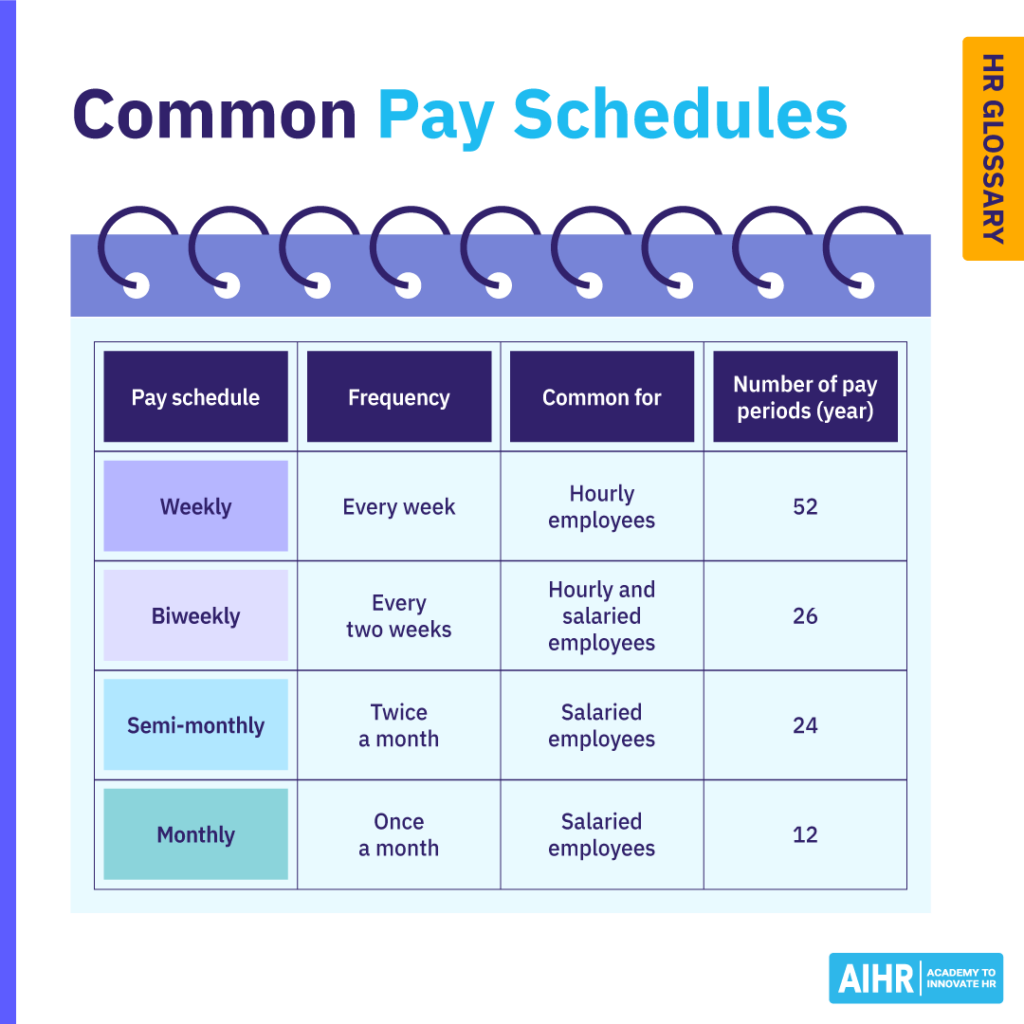
FAQ
Semi monthly pay consists of 24 pay periods in a year. Since there are two pay periods every month (e.g., the first and 15th), employees receive two paychecks a month, which adds up to 24 pay periods.
A semi monthly pay schedule usually occurs on specific month dates, like the first and 15th or the 15th and the last day of the month.
However, if these dates fall on a weekend or holiday, HR will typically process paychecks on the preceding or next business day (e.g., if the 15th falls on a Saturday, employees will receive their pay on the 14th).






